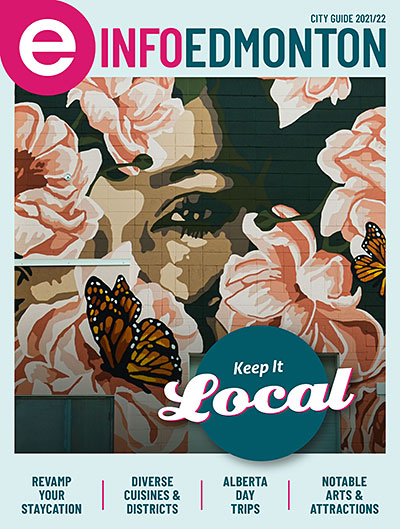Q&A with Nancy Milakovic, Business & Hospitality Program Manager, NAIT

Photo Courtesy Nancy Milakovic
How do event planners stay on top of the trends?
By networking with industry professionals through industry organizations such as Meeting Professionals International (MPI) and International Live Events Association (ILEA). That’s part of it: seeing what’s happening in the industry because everybody does work with each other. Going to bigger national and international conferences to learn about what other people are doing relative to events is also a good way for people to stay on top of what’s happening. There are publications like [this] that come from event groups that students can be reading.
How does the event management program at NAIT work for current event professionals and those outside of the industry?
Our program is a certificate program that’s 175 hours. The thing that’s different about our program now, that I think better supports the Alberta event industry, is you can come and take any of the courses. You don’t have to be a part of the certificate. There are no pre-requisites that are required. Let’s say, for example, you’re someone who’s planning your grandmother’s birthday party and you need some help with a particular area, you can come and take just the one class. Or if you are an event manager who really wants to dive deeply into the industry, you can take more of the courses, and it’ll still be tailored to your level because our instructors and faculty are industry professionals who have been working in the industry for a such a long time that they can give advice to that broad range of backgrounds.
How does classroom experience translate to real world experience?
Our tagline is “experience for the real world.” One of the things we make sure of is that our faculty are industry experts who are working in the industry, so they have a lot of real-life stories that can translate to students. The other thing we do is ensuring that the assessments we get students to do are real things. They’re not writing a multiple-choice test. They’re not writing an essay. If the course is on making a budget, they’re creating a budget. If the course is on a critical path, they’re doing a critical path. So by the time they get to the end of the program, they have done these things in sort of real time with feedback from their instructors. So when they go out into the real world, they can say to someone, “I can do a critical path” or “I can do a budget” or “I can do a communications plan,” because these are things they’ve had their hands on through the course of the program.
What jobs or roles do you see graduates from the program finding work in?
There are a lot of different places graduates can go. Plenty of our graduating students go and work in hotels; they work in their events area. They work in private companies that run events. There are corporate event people. There are lots of avenues for the students to go down.
How has the program changed over time?
The program’s been running about eight or nine years now, and two years ago, we completely started over — similar topics, obviously because it doesn’t change, but we’re really excited that we doubled the number of course offerings for students. The certificate length itself didn’t change as much, but students have double the choice of things they can take. And that was to appeal to the professional development group who may not want a certificate but want to brush up on their skills.
Are there any plans to further evolve the program?
Right now, there are two specializations in the program: there’s the program planning specialization and there’s the operation specialization. Certainly, doing a specialization in wedding planning is something we’d like to do. I’d like to do a specialization in technology because I don’t know that event planners are always that familiar. Planners want to understand not necessarily the technology but more of the production side: the audio-visual, the sound, the lighting. So getting more into the production piece is probably something we’ll go for next.
Matthew Stepanic
from the Alberta Meeting & Event Guide Fall 2016 issue




